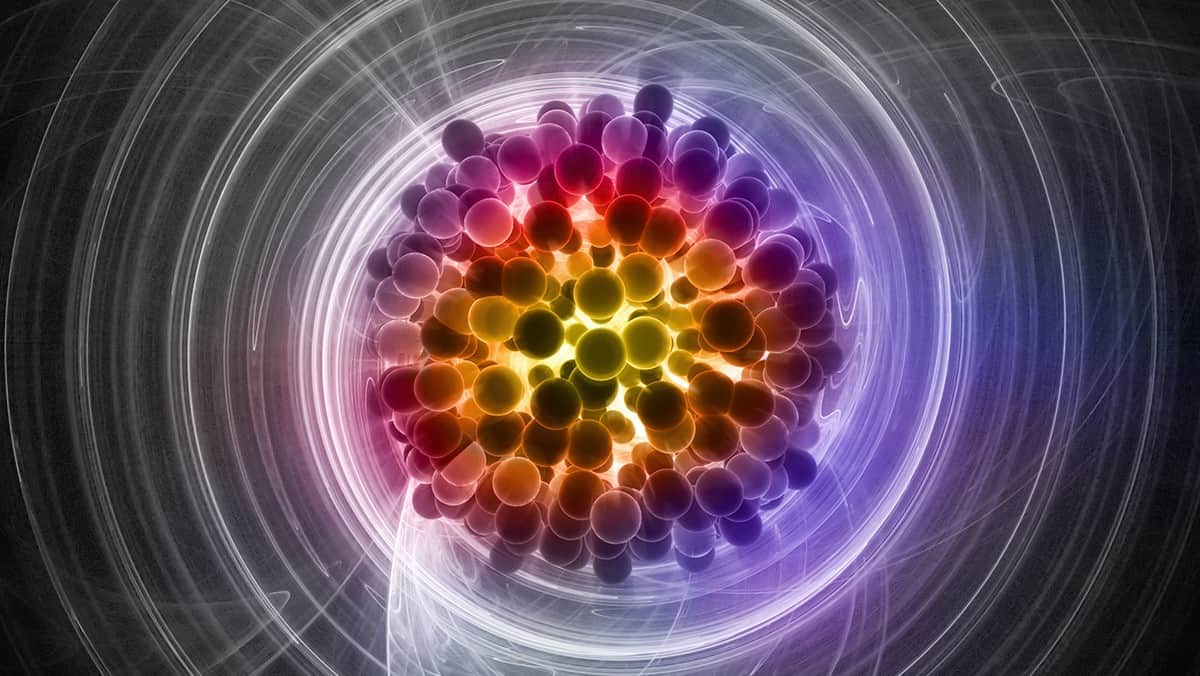Astronomers are watching two unusual black holes, each presenting phenomena that challenge current understanding of these cosmic giants. One, a “serial killer” black hole, is about to devour its second star within five years, while the other, part of the newly discovered triple system V404 Cygni, has disrupted long-held theories of black hole formation.
The Black Hole “Serial Killer” Reaches for Another Star
Located 215 million light-years from Earth, this supermassive black hole first caught scientists’ attention five years ago with a bright flare. The flare came from a star that had drifted too close to it, sparking what astronomers call a tidal disruption event, or AT1910qix. Gravitational forces stretched and tore apart the star, leaving part of its remains around the black hole and launching the rest into space.
Led by Dr Matt Nicholl of Queen’s University Belfast, a team of astronomers has tracked this remnant disc over several years using high-powered telescopes such as the Chandra X-ray Observatory and the Hubble Space Telescope. Recently, another star has started passing through this disc every 48 hours, creating bright X-ray bursts with each collision. Dr Nicholl describes it as similar to a diver creating splashes in a pool each time they hit the water, with the star as the diver and the disc as the pool.
“What’s uncertain is what will ultimately happen to this star,” Dr Nicholl said. “It could be pulled into the black hole, or it may eventually disintegrate from these repeated impacts.”
A Rare Triple Black Hole System in Cygnus
Meanwhile, in the constellation Cygnus, a rare triple system is raising questions about black hole origins. Known as V404 Cygni, this system includes a nine-solar-mass black hole and two orbiting stars, one much farther away than astronomers had thought possible. Kevin Burdge, an MIT research fellow, notes that a supernova typically pushes any distant companions too far to remain gravitationally bound. But in this system, a distant star orbits at a staggering 300 billion miles.
In their Nature paper, Dr Burdge and his team proposed that this black hole may have formed without a supernova explosion, possibly “quietly” collapsing without ejecting its nearby companions. This hypothesis has sparked interest among scientists, as it hints at new black hole formation processes yet to be fully understood.
Daniel Holz, an astrophysicist at the University of Chicago, noted that while unlikely, nature often defies assumptions. This discovery could open a new chapter in black hole research.








